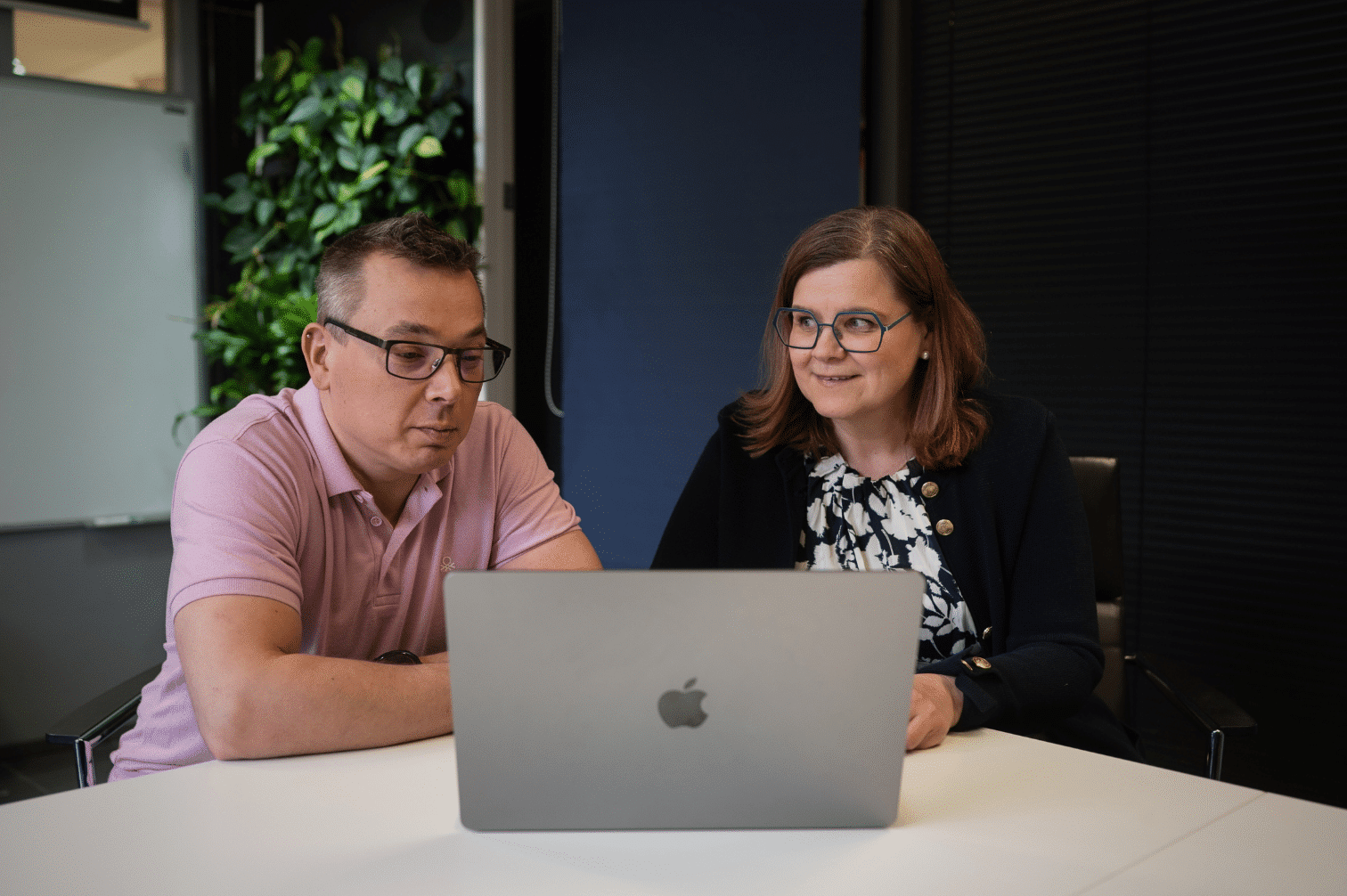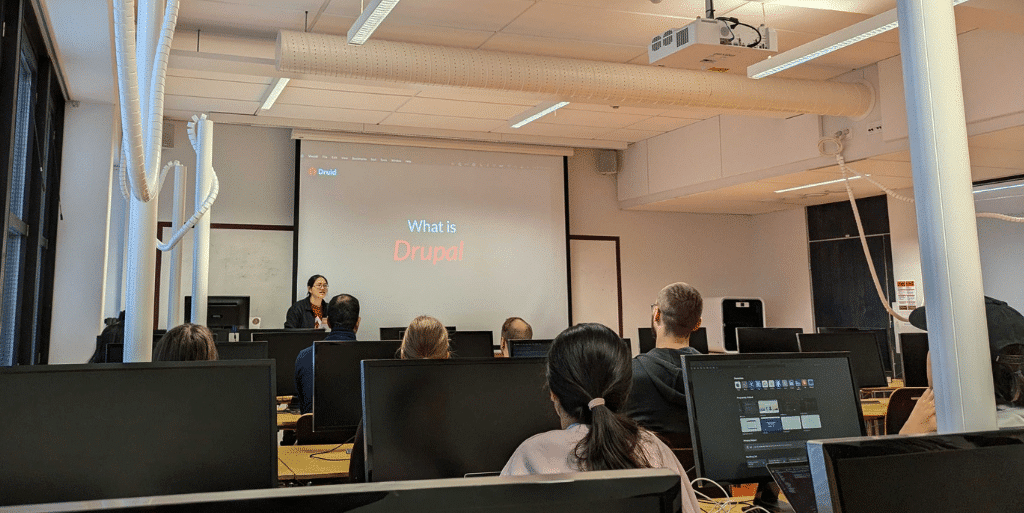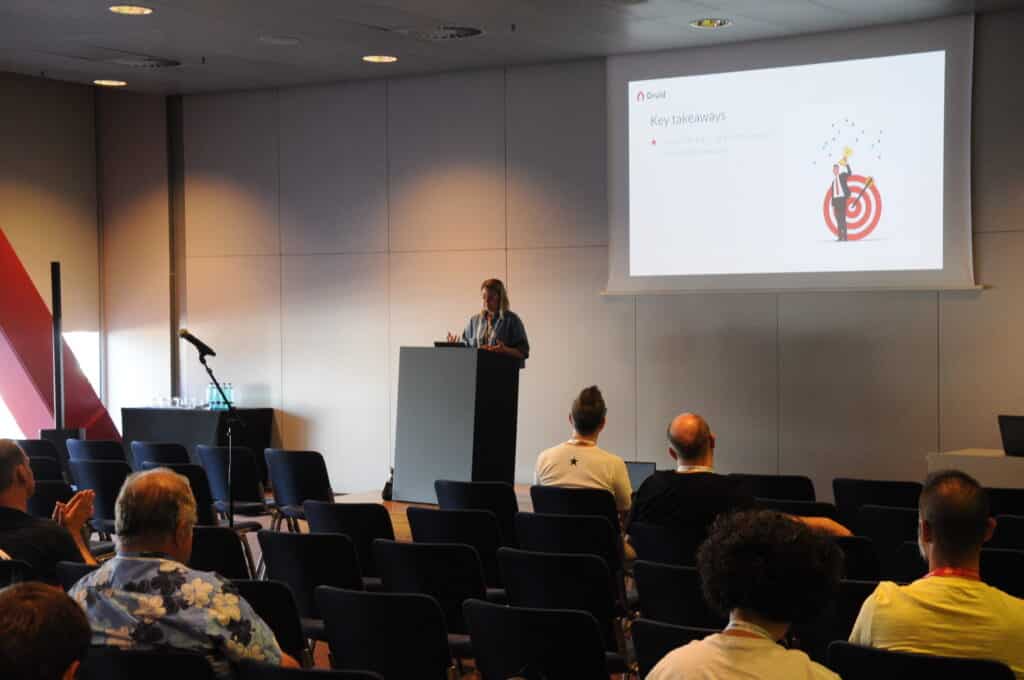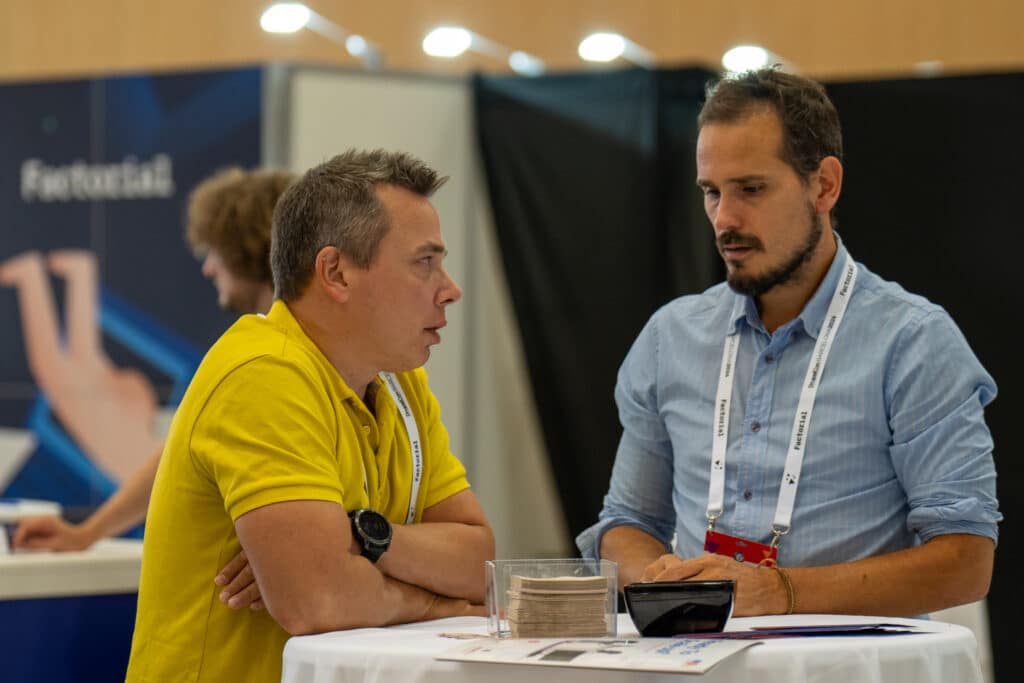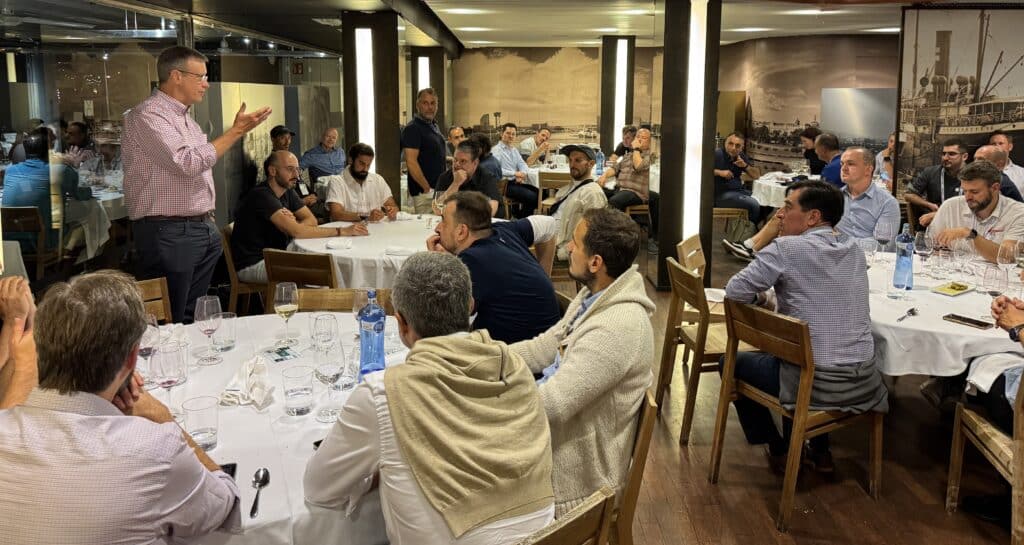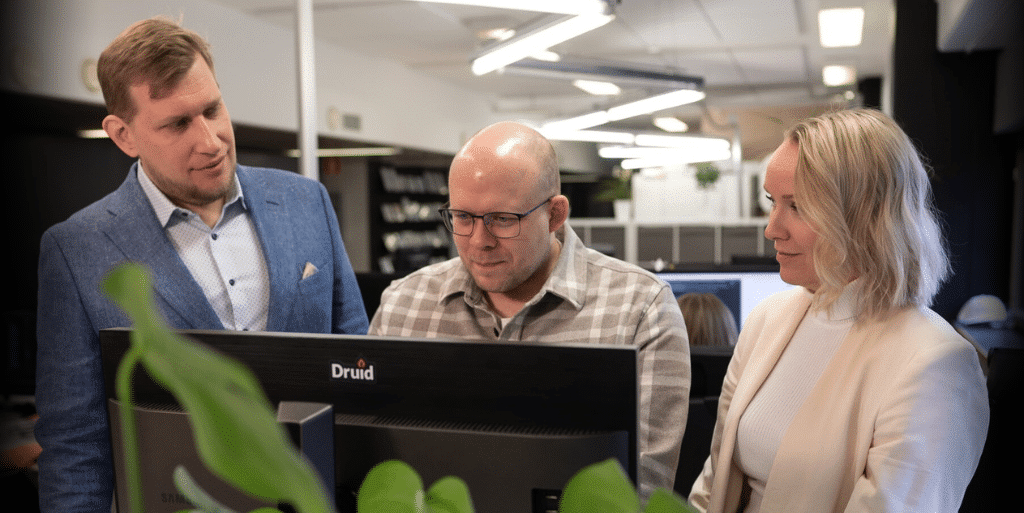
AI is Reading Your Content – Are You Ready to Respond?
An ever-growing share of online content is consumed by AI bots – whether through ChatGPT queries or more complex agent networks that perform tasks on behalf of users.
The role of content is inevitably shifting in the age of AI. Every content creator needs to decide how to approach the use of their work outside their own platform. Some aim for maximum visibility, while others want to drive traffic to their own site to secure ad revenue.
The change is already visible in Google’s search results: users increasingly see direct answers first, with links pushed to the background. ChatGPT’s nearly six billion visits in July demonstrate how search terms are evolving into full questions – and how AI is strengthening its role as the interface to online information and services.
Bring Your Content Within AI’s Reach
Our clients often ask how to optimize content so large language models can find it. Bots still have limitations and preferences when it comes to structure. By meeting those requirements, your content surfaces more easily and gains visibility in AI-driven queries.
Many AI SEO principles mirror traditional search optimization. Semantic, accessible HTML remains the best foundation. Clear text-based content, a well-defined “main point,” and proper internal linking all support discoverability. Highlighting the author’s expertise and profile further increases credibility.
Traditional formats often outperform trendy solutions: while headless services seemed attractive for a while, AI still favors classic HTML. The same goes for PDFs – offering an HTML version makes them easier for bots to read.
Tools for AI SEO Optimization
Shortcuts already exist. Structured data helps bots understand what your site is about. JSON-LD metadata and sitemaps (sitemap.xml) improve visibility.
New proposals include ai.txt and llms.txt. The former works like robots.txt but is aimed at AI bots. The latter provides metadata and links that guide bots through your site’s structure. Both serve as recommendations, but bots may still choose to ignore them.
Want to Block the Bots?
If you don’t want to share your content, ai.txt alone won’t do the job. You need heavier tools, such as blocking bot traffic with Cloudflare.
Cloudflare is also developing a pay-per-crawl model that would let site owners charge AI networks for using their content – protecting revenue streams in the process.
AI SEO Checklist
- Build an accessible site
- Add metadata and optimize both structure and content
- Highlight your key messages clearly – don’t bury them at the bottom
- Ensure content credibility and showcase the author’s expertise
- Consider adding ai.txt and llms.txt files
I’d be happy to share more on this topic – feel free to get in touch.


